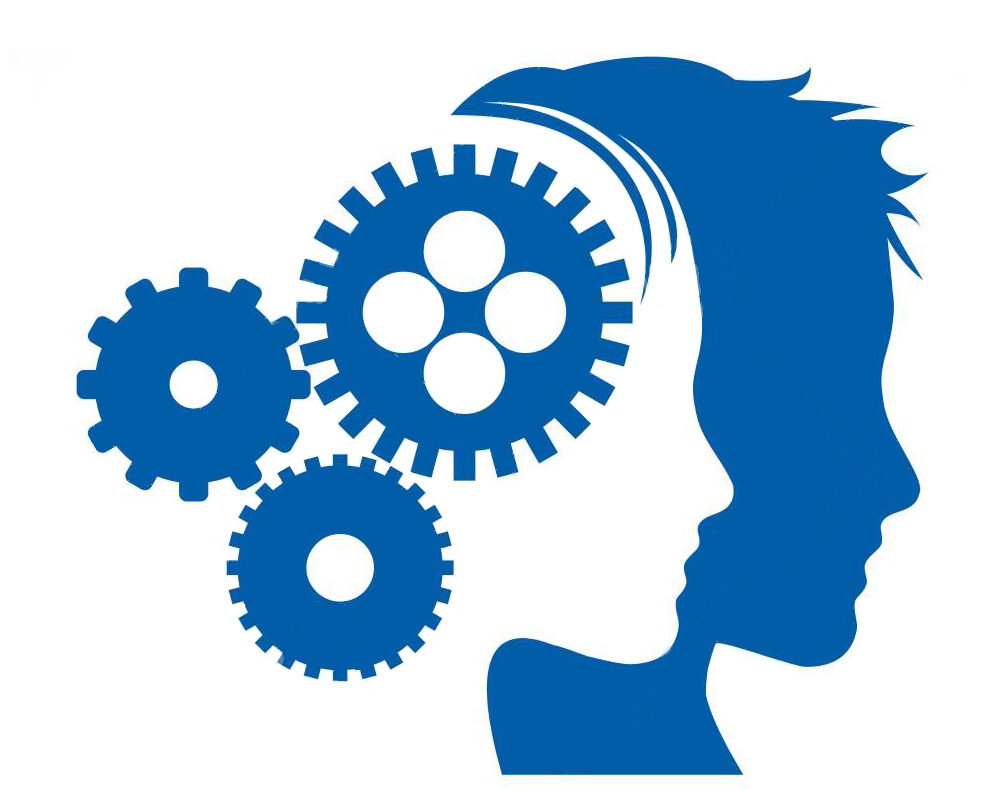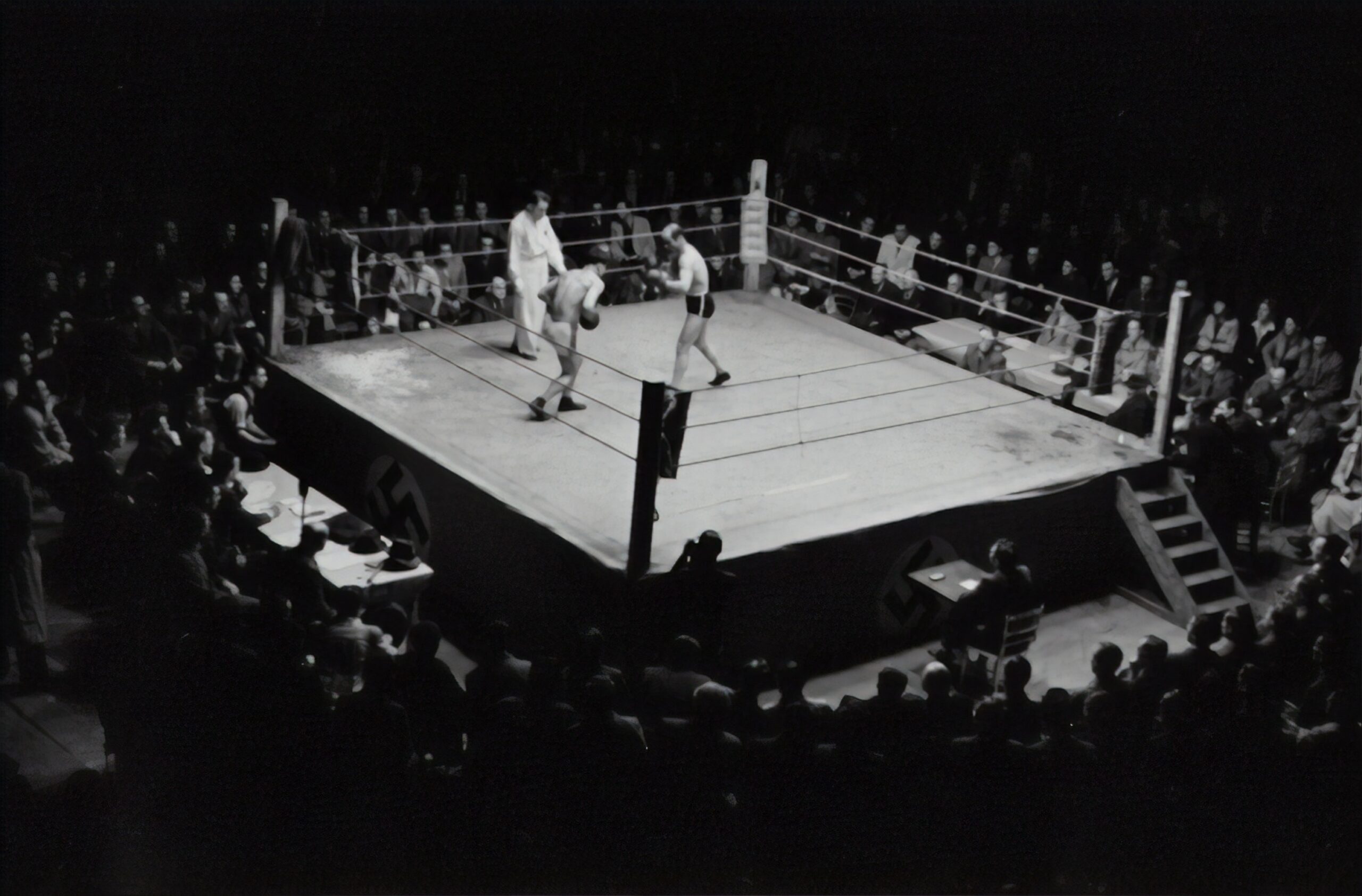Imagine being able to achieve your goals, overcome challenges, and enhance your performance simply by harnessing the power of your mind. Visualization training allows you to do just that. By vividly picturing yourself successfully completing a task or reaching a desired outcome, you can train your brain to believe in your abilities and increase your chances of success. Whether you’re an athlete looking to improve your game, a student preparing for an exam, or simply someone wanting to boost their confidence, visualization training offers a powerful tool to unlock your full potential.

What is Visualization Training?
Visualization training refers to the practice of using mental imagery and imagination to enhance performance, improve skills, and achieve desired outcomes in various fields. It involves creating detailed and vivid mental pictures of specific scenarios, actions, or goals, with the intention of improving focus, motivation, and overall performance. This powerful technique has been used by athletes, artists, musicians, and professionals in many other domains to unlock their full potential and achieve their goals.
Understanding the concept of visualization
At its core, visualization is the process of using your mind’s eye to create and manipulate mental images. It involves engaging your senses and making the images as realistic and immersive as possible. By visualizing yourself successfully accomplishing a task or reaching a goal, you are essentially programming your mind to believe in your abilities and improve your chances of success. Visualization taps into the power of your own imagination to create a mental rehearsal of desired outcomes, which can then translate into improved performance in real-life situations.
Importance of visualization in various fields
Visualization training has gained recognition and popularity across various fields due to its numerous benefits. In sports, athletes use visualization techniques to mentally rehearse their performances, build confidence, and improve focus. Artists and musicians visualize their creative processes to enhance their imaginative abilities and produce better artistic outputs. Professionals in business and personal development utilize visualization to set goals, strategize, and improve their decision-making skills. Regardless of the field, visualization is a powerful tool that can help individuals overcome obstacles, boost confidence, and maximize their potential.
How visualization training works
Visualization training involves systematic practice and repetition of mental imagery. It starts with creating a clear and detailed image of a desired outcome or goal. The more vivid and detailed the visualization, the more effective it is. With regular practice, these mental images become ingrained in your subconscious mind, influencing your thoughts, emotions, and behaviors. By regularly visualizing success, you condition your mind to believe in your abilities, strengthen neural pathways associated with the desired outcome, and improve your chances of achieving your goals.
Benefits of visualization training
Visualization training offers a wide range of benefits across various aspects of life. One of the key advantages is increased confidence. By repeatedly visualizing success and positive outcomes, you build confidence in your abilities and develop a belief in your potential to achieve your goals. Visualization also enhances focus and concentration. When you create vivid mental images of your desired outcomes, you train your mind to filter out distractions and stay focused on the task at hand. Additionally, visualization can reduce anxiety and stress, as it helps individuals mentally prepare for challenging situations and overcome performance-related fears.

Different techniques used in visualization training
There are several techniques that can be used for visualization training. One common technique is guided visualization, where individuals listen to recordings or receive guidance from a coach or instructor to help them create detailed mental images. Another technique is self-guided visualization, where individuals create their own mental images and scenarios. Progressive relaxation techniques, such as deep breathing and muscle relaxation, can also be incorporated to enhance the effectiveness of visualization. The key is to find a technique that resonates with you and allows you to generate the most vivid and engaging mental images.
The role of imagination in visualization
Imagination plays a fundamental role in visualization training. It is the engine that drives the creation of mental images and brings them to life. Through imagination, you can tap into your creativity and envision new possibilities. Imagination allows you to simulate experiences in your mind and explore different scenarios and outcomes. By harnessing the power of your imagination during visualization training, you can expand your horizons and unlock hidden potential.

How visualization training can improve performance
Visualization training can significantly improve performance in various domains. By repeatedly visualizing successful performances, athletes can enhance their muscle memory, improve technique, and increase their chances of achieving their desired results. Musicians can use visualization to mentally practice challenging passages, improve timing, and enhance their overall musicality. Professionals can visualize successful presentations, negotiations, or sales pitches to boost their confidence and improve their performance in high-pressure situations. Visualization helps align your thoughts, emotions, and actions, creating a powerful mindset that enhances performance across different areas.
Combining visualization with other training methods
Visualization can be even more effective when combined with other training methods. For example, athletes often combine visualization with physical training to reinforce their technique and improve muscle memory. Artists and musicians can combine visualization with actual practice to further refine their skills and creativity. By integrating visualization into a holistic training approach, individuals can maximize the benefits and accelerate their progress towards their goals.
Common misconceptions about visualization training
Some misconceptions exist regarding visualization training that can hinder its adoption and effectiveness. One common misconception is that visualization alone is a magical solution that will automatically lead to success. While visualization is a powerful tool, it is essential to combine it with consistent effort, dedication, and practical action. Another misconception is that visualization is only useful for individuals with a strong visual imagination. In reality, visualization can be adapted to suit different learning styles and can encompass all the senses, such as auditory or kinesthetic visualization.
Tips for starting visualization training
If you are interested in starting visualization training, here are some tips to help you get started:
- Begin with small goals: Start by visualizing simple and achievable goals to build your confidence and get familiar with the process.
- Create detailed mental images: Make your visualizations as vivid and detailed as possible, including colors, sounds, and textures, to enhance their impact.
- Practice consistently: Like any skill, visualization requires regular practice to become effective. Set aside dedicated time each day to practice visualization exercises.
- Embrace all senses: Use all your senses in your visualizations to make them more engaging and realistic. Imagine how things feel, sound, and even taste.
- Visualize overcoming challenges: Visualize yourself successfully navigating obstacles and overcoming challenges, as this will prepare you mentally for potential setbacks.
- Seek guidance if needed: If you find it challenging to visualize or want to enhance your practice, consider seeking guidance from a coach, instructor, or visualization expert.
Remember, visualization training is a journey that evolves over time. Be patient, stay committed to your practice, and allow yourself to fully immerse in the power of your imagination. With persistence and dedication, visualization can become a valuable tool to unlock your full potential and achieve the success you desire.




